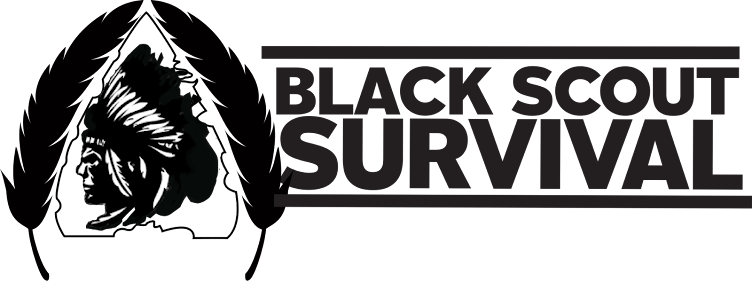 |
| WW2 Era Version |
The United States Army Aviation Branch sought out to find a replacement. They asked for a few requirements for the replacement knife, such as:
- The ability to cut through aircraft skin as well as acrylic glass windows typically found on military aircraft.
- The ability to cut and to hammer.
- A point to be used as a stabbing weapon.
- Durable and Lightweight.
- A hand guard and lashing points for the knife to be used as a spear.
- A method to sharpen the knife.
Ontario took it a step further and added an insulated rubber handle. This protects the user from a transfer from a live wire. Something he or she may encounter when trying to escape from a downed aircraft.
Ontario also included a strap cutter mutli-tool. Designed to free an Aircrewman from safety harnesses or other obstacles. It's made from anodized aluminum and has removable blades. The tool also has a ceramic honing rod that is phenomenal. I've used to to put a razor's edge on a few knives. It also has a flat head screwdriver that can aid in a variety of task. It's fitted right behind the knife in the sheath with a long lanyard for quick removal.
The sheath is composed of flame retardant nylon with an injection molded insert and comes in an OD Green color. It has a leg strap system that holds the knife securely This is important because most aircrew wear flight suits that do not have belts. So belt carry is usually not an option for them (although the sheath does offer a belt carry option for civilian use). This also keeps the knife within hands reach yet out of the way while in flight. The sheath also includes MOLLE webbing on the back, so that it can be attached to a pack or flight vest. It also has dual retention snaps to maintain security of the knife in case of a crash landing.
The rear of the knife but has a glass breaker pommel. It also has flat octagonal edges to be used as a hammer. A lanyard hole has also been included (lanyard hole are a must on knives in my opinion) for additional security.
The blade is constructed of 1095 steel and has a zinc phosphate finish to protect against rust as well to provide light discipline in tactical situations. It measures 10.25" overall with a 5" blade length. The blade is a flat grind with saw teeth on the spine. The saw teeth were designed to saw through aircraft skin. Over half of the blade is dedicated to a serrated edge. This leaves only about 2 1/2 inches of a workable edge. The knife is only about 1" in blade width. I would've liked to see it have about another half inch in width for added strength.
I've seen some criticism on the knife in regards to wilderness survival use. Complaints as far as the serrated edge among other things. I think they are misunderstanding some aspects of military survival. Primarily an Aircrew member would need to egress from the downed aircraft. If he or she doesn't, there is no reason to have an awesome wilderness survival blade. With all the features the knife has it will be great in the egress part of survival. Another thing you need to consider is that Aircrew members have full out survival kits. These kits supply shelter, water(water purification equipment), fire making materials, and food. So the need to build shelters and other things that require a stout blade is not likely (its not bushcraft, its survival). Also when behind enemy lines, the military will drop supplies to downed aircrew to help sustain them if it goes beyond something like 72 hours. Normally they will rescue them immediately before it comes to that. Leaving the knife as simply a tool to egress. But again, with a stocked survival kit, this knife will fill the role of most cutting task an Aircrewman may encounter.
Overall I think the ASEK is designed great for its intended purpose. I would like to see it with a bit of a wider blade, but its not a deal breaker. This would be an excellent companion for anyone that may need to egress from any form of vehicle. Check out Ontario Knife Company for other Military Specific Knives. I've also included a link below to purchase on Amazon.

No comments:
Post a Comment